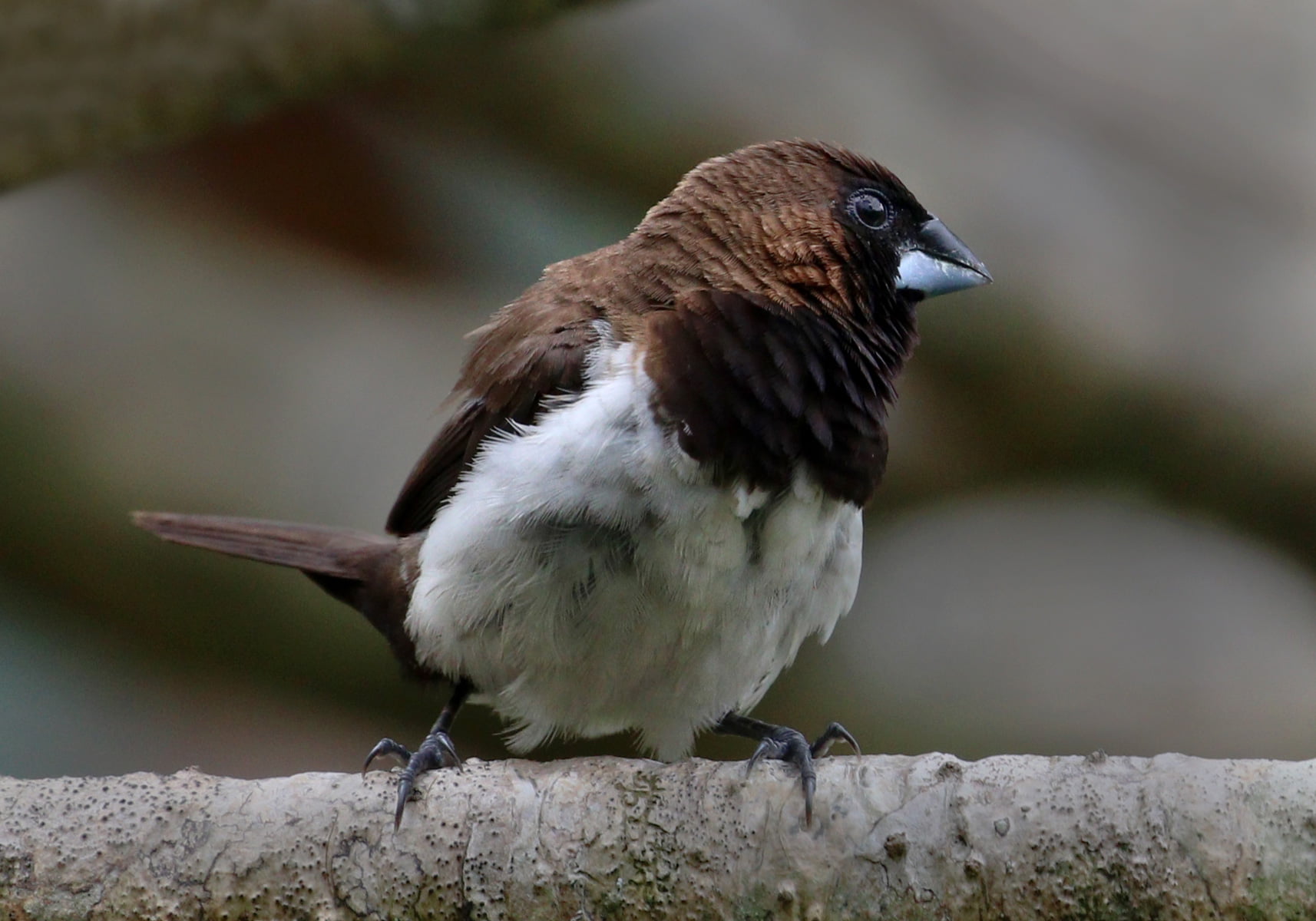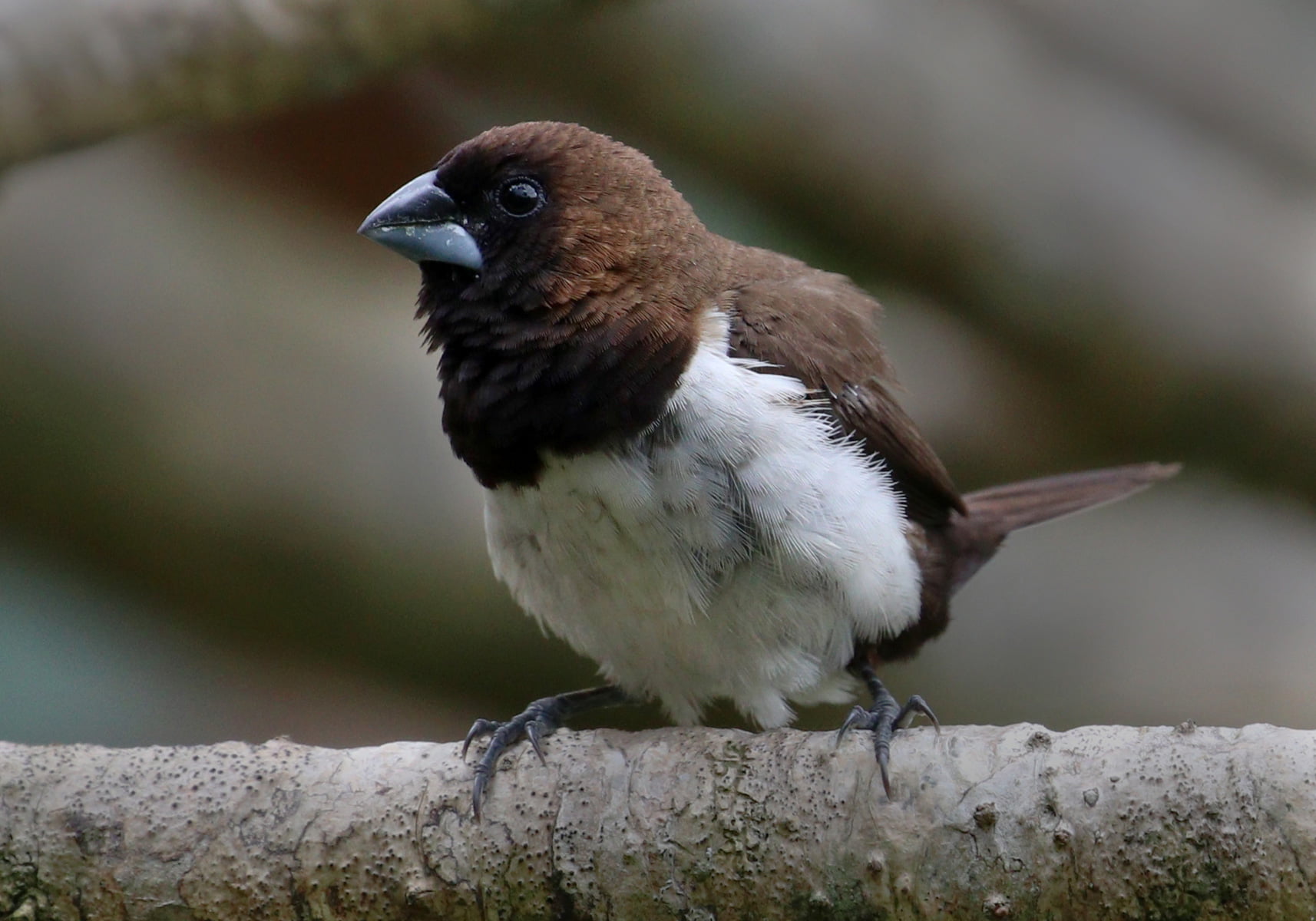Lonchura leucogastroides is a bird species that has a small body measuring 11 cm. Adult birds have a predominantly dark brown color on their back, wings and upper body, without scribbling. The face, neck and upper chest are black, lower chest, abdomen and sides are pure white, contrasting with the upper part. The underside of the tail is brownish. Young birds are dirty yellowish brown on the chest and stomach. The iris is brown; upper beak blackish, lower beak bluish gray; legs grayish.
Description
Population Size
Stable
Life Span
-
WEIGHT
-
LENGTH
11 cm
Di
Diurnal
He
Herbivore
Classification
KINGDOM
:
Animalia
PHYLUM
:
Chordata
CLASS
:
Aves
ORDER
:
Passeriformes
FAMILY
:
Estrildidae
GENUS
:
Lonchura
SPECIES
:
Lonchura leucogastroides


